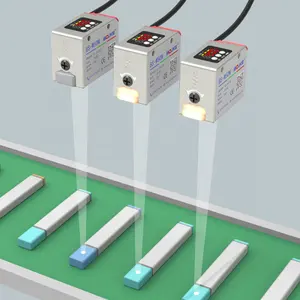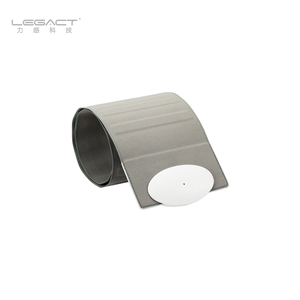Understanding Ambient Light Sensors
Ambient light sensors are pivotal components in modern electronics, enabling devices to respond to varying light conditions. These sensors play a crucial role in adjusting screen brightness in mobile phones, contributing to both user comfort and battery efficiency. The ambient light sensor in mobile phones is a prime example of this technology's integration into daily life. Beyond personal devices, ambient light for room applications enhances smart home systems by automating lighting levels, thus creating an optimal environment for occupants.
Types and Applications of Ambient Light Sensors
The versatility of ambient light sensors is evident in their wide range of types and applications. For instance, the TEMt6000 sensor is known for its responsiveness to visible light, mirroring the human eye's sensitivity. This makes it ideal for applications requiring a high level of light detection accuracy, such as in monitor ambient light scenarios where screen brightness needs to adjust in real-time. In automotive industries, ambient light in cars is increasingly common, enhancing both the aesthetics and functionality of vehicle interiors.
Features and Materials
The construction of ambient light sensors often involves sensitive optical components like photodiodes. The BH1750FVI is a digital light sensor that precisely measures the intensity of ambient light, widely used in situations where light measurement needs to be exact and reliable. Sensors like the APDS 9960 not only detect light but also offer gesture recognition, bringing multifunctionality to consumer electronics. Materials used in these sensors must be highly transparent and responsive to light, such as certain semiconductors that react to light intensity changes.
Advantages of Ambient Light Sensors
The integration of ambient light sensors, such as the VEML7700, into electronic devices offers significant advantages. These sensors enable energy savings by adjusting display brightness based on surrounding light levels. In smart homes, ceiling ambient light systems equipped with these sensors can reduce electricity consumption by dimming or turning off lights when natural light is sufficient. Additionally, the use of Philips Hue ambient light systems exemplifies the enhancement of user experience through customizable lighting atmospheres.
Innovations in Ambient Light Detection
Innovation in ambient light detection technology continues to evolve, with sensors becoming more sophisticated and integrated. The development of ambient light sensing has paved the way for features like Philips ambient light, which is synonymous with creating immersive viewing experiences, especially in home entertainment setups. As the demand for smart and responsive lighting solutions grows, the importance of reliable and efficient ambient light detection becomes increasingly paramount.
Conclusion
Ambient light sensors are integral to the advancement of automated and responsive electronic systems. From enhancing the user experience in personal devices to contributing to energy efficiency in smart homes and vehicles, these sensors are at the forefront of lighting technology. As the market for smart electronics continues to expand, the role of ambient light sensors in innovation and environmental sustainability becomes more significant.










































 浙公网安备 33010002000092号
浙公网安备 33010002000092号 浙B2-20120091-4
浙B2-20120091-4